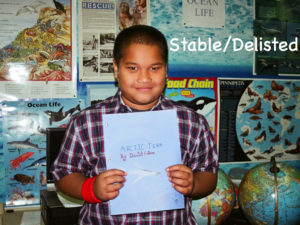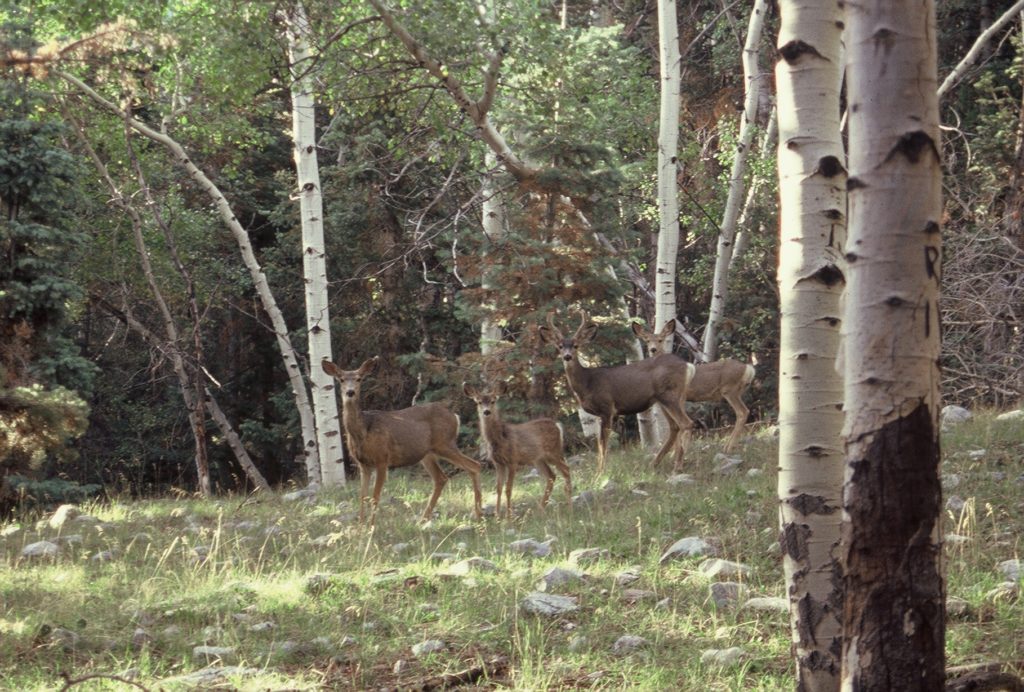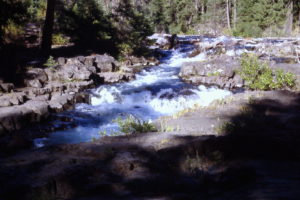Animals Animals! This is our last episode in our unit on animals.

In our unit closure, we celebrate animals as well as the animal report that many viewers chose to write. We also celebrate a few more things, like the 150th anniversary of conservation in the great state of Alaska. We also celebrate the 50th anniversary of the Wild and Scenic Rivers Act – wherein Congress moved to protect outstanding wild rivers, like the Rogue River in Southern Oregon.

In this episode, I explain the power of Content-based ESL in elevating English proficiency. I give viewers a virtual tour of the Rogue River, winding and crashing its way to the Pacific Ocean. I also share how ESL student in elementary school celebrated the reports they wrote on an animal of their choice.
Watching Episode 78
If you saw Episode 78 pn RVTV and want to see it again; or if you want to watch for the first time – it’s an easy thing to do. Just click the link below. That will take you to the Archive.org website – and right to my episode for an ad-free viewing experience.
If you’re on the go and don’t have the half-hour necessary to watch the whole episode, you can watch a segment at a time. Simply click on the segment below. Each segment is approximately 10 minutes long.
Click here to watch Segment One.
Episode Summary
As a closure to our unit on animals, we use this episode to celebrate the great gift of animals, which enrich our lives and our planet. For those who wrote a report on an animal of choice, we celebrate the accomplishment of researching an animal and writing a report on it, using the language functions and forms that make up our original work.
We also celebrate 150 year of conservation in Alaska. That great state contains our largest national parks and incredible wildlife. Humpback whales, brown bears, salmon runs, moose, and huge flocks of birds are only a small sample of this wildlife wonderland.
We also celebrate the 50th anniversary of the Wild and Scenic Rivers Act. The U.S. Congress passed that set of laws that protect free-running rivers that have outstanding characteristics of wildness and beauty – thus supporting and protecting the wildlife that make these rivers their home.
Since the Rogue River in Southern Oregon is one of the original rivers to be protected by that Act of Congress, we share views of the Rogue from its headwaters, through deep canyons and calm waters all the way to the Pacific Ocean in Gold Beach. The Rougue River Valley includes Ashland, where this program is produced.
We also share the excitement of elementary school students as they share the reports they have written on the animal of their choice. We used the content unit of Ocean Life and Salmon as the organizing theme of this academic unit.
Language Objectives
As a closure and celebration, this episode has no direct language instruction. Of course, listening comprehension “muscles” are given a workout in understanding the narration and the video clip used in this episode.
Academic Content Objectives
Science: List at least 10 animals that live in Alaska. Explain how some Alaskan wildlife depend on eco systems in Alaska for their habitat. Identify the traits of a habitat found in Alaska. Explain how a river provides habitat for salmon and other wildlife.
Geography: Locate Alaska on a map. Name at least three land forms that are found in Alaska. Locate the Rogue River on a map. Draw a correlation between a river system and the types of animals that can be found there. Trace the course of the Rogue River in Oregon and name the land forms encountered along the river.
Social Studies: Explain how political actions in a democratic system of government can provide a benefit to wildlife. Explain how attitudes of the public result in changes in government policy. Show a correlation between protective laws and the health of eco systems. Name Acts of Congress that have resulted in protection of certain natural areas in the United States.
Videos Used in This Episode
Alaska Wildlife – Click here to see the video clip on You Tube
You can watch this video without ads from archive.org. Click here to watch Alaskan Wildlife
Monarch Butterflies – Click here The same video is on archive.org. Click here.
Some Photos I Used

I devoted a good part of this episode to explain the advantages of Content-based ESL – the approach I use in Ramping Up your English. I explain how researcher Steve Krashen found some key factors in learning a second language – factors I can relate to when I consider the process I went through in learning Spanish as my second language. His concepts of Comprehensible Input and Affective Filter spoke to my own struggles in the process of learning another language. It’s not surprising, then, that I kept those aspects in mind as I worked with elementary school children in teaching English to speakers of other languages.
Researcher Virginia Collier coined the phrase Content-based ESL as she ranked ESL approaches in terms of effectiveness. I saw first-hand the advantage to students in using this approach, although I found ways to incorporate English Development as researched by a researcher Susan Dutro. She had much to contribute from her research, yet the Content-based approach seems to me to be the best core element in my teaching. I’ve carried that over to this TV/Internet media I use to help people from other language backgrounds improve their English to higher levels of proficiency.
While I keep this research in mind while organizing this instruction, my particular program has NOT been researched for effectiveness – and I make no assertions about it. I simply offer this to intermediate English learners as a way to improve English proficiency in a way that reduces stress and has interesting content. Invest you time and effort in my program at your own risk. I make no guarantees.
Next Episode
Our next Episode will put you in our new unit on Native Americans. Click here to visit the Episode 79 page (Available in May 2019)

















